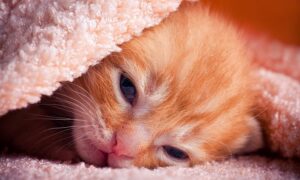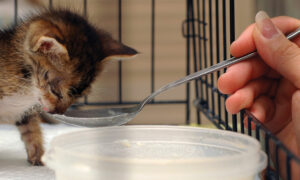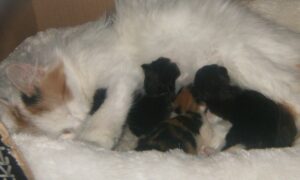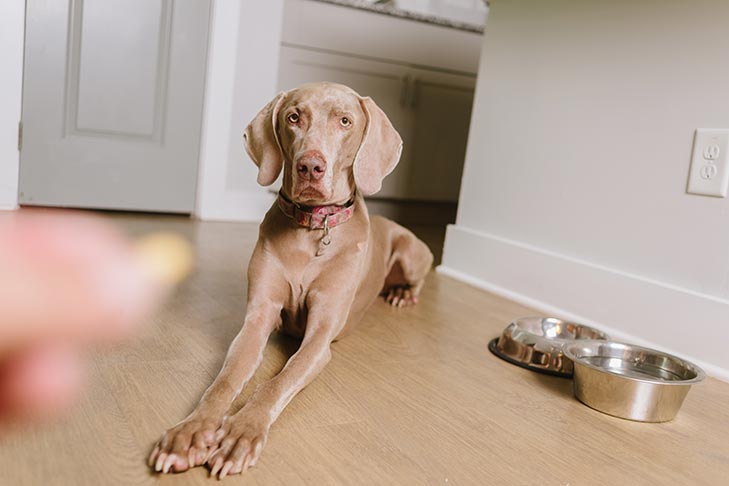Kitten Eye Infection Treatment: Quick Solutions
Kittens are undeniably adorable, but when they develop eye infections, their discomfort is evident, and quick treatment is essential. Eye infections in kittens can range from mild to severe and can be caused by various factors, including bacteria, viruses, or environmental irritants. In this article, we’ll discuss quick and effective solutions for treating kitten eye infections.
Identifying Kitten Eye Infections
Before diving into treatment options, it’s crucial to recognize the signs of a kitten eye infection:
- Watery Eyes: Excessive tearing or a watery discharge from the eyes is a common symptom.
- Redness and Swelling: Infected eyes may appear red and swollen.
- Blinking or Squinting: Kittens with eye infections often blink or squint due to discomfort.
- Eye Crust: You might notice crust forming around the eyes, particularly after sleep.
Quick Treatment Solutions
Once you’ve identified an eye infection in your kitten, taking swift action can make a significant difference in their comfort and recovery. Here are some quick treatment solutions:
1. Gentle Cleaning:
- Materials Needed: Clean, soft cloth or cotton ball and warm water or saline solution (available at pharmacies).
- Method: Gently moisten the cloth or cotton ball with warm water or saline solution.
- Application: Carefully wipe away any discharge or crust around the infected eye, moving from the inner corner to the outer corner. Use a separate cloth or cotton ball for each eye to prevent cross-contamination.
- Frequency: Perform this cleaning process multiple times a day to keep the eye area clean and reduce irritation.
2. Antibiotic Eye Drops or Ointment:
- Consultation: Contact your veterinarian for a prescription or recommendation for over-the-counter options.
- Application: Follow the vet’s instructions for administering the prescribed eye drops or ointment. Typically, this involves gently pulling down the lower eyelid and applying the medication to the exposed area.
- Frequency: Administer the medication as directed, ensuring you complete the full course, even if the symptoms improve before it’s finished.
3. Environmental Control:
- Isolation: If you have multiple kittens, consider isolating the infected one to prevent the spread of the infection.
- Clean Living Space: Keep the kitten’s living area clean and free of potential irritants like dust or smoke.
- Ventilation: Ensure proper ventilation to reduce the buildup of allergens and irritants in the environment.
Follow-Up Veterinary Care
While these quick solutions can provide immediate relief and improvement, it’s crucial to follow up with your veterinarian for a comprehensive evaluation and further treatment. Some eye infections may require antibiotics or antiviral medications prescribed by a professional. Additionally, your vet can rule out any underlying health issues contributing to the infection.
Conclusion
Kitten eye infections can be distressing, but with swift action and proper care, you can help your furry friend recover quickly. Remember to maintain good hygiene, follow your vet’s instructions, and provide a comfortable, clean environment for your kitten’s healing journey.
Always consult your veterinarian for personalized guidance on your kitten’s specific condition and treatment.
Read More:Kitten Eye Infections Contagious




















